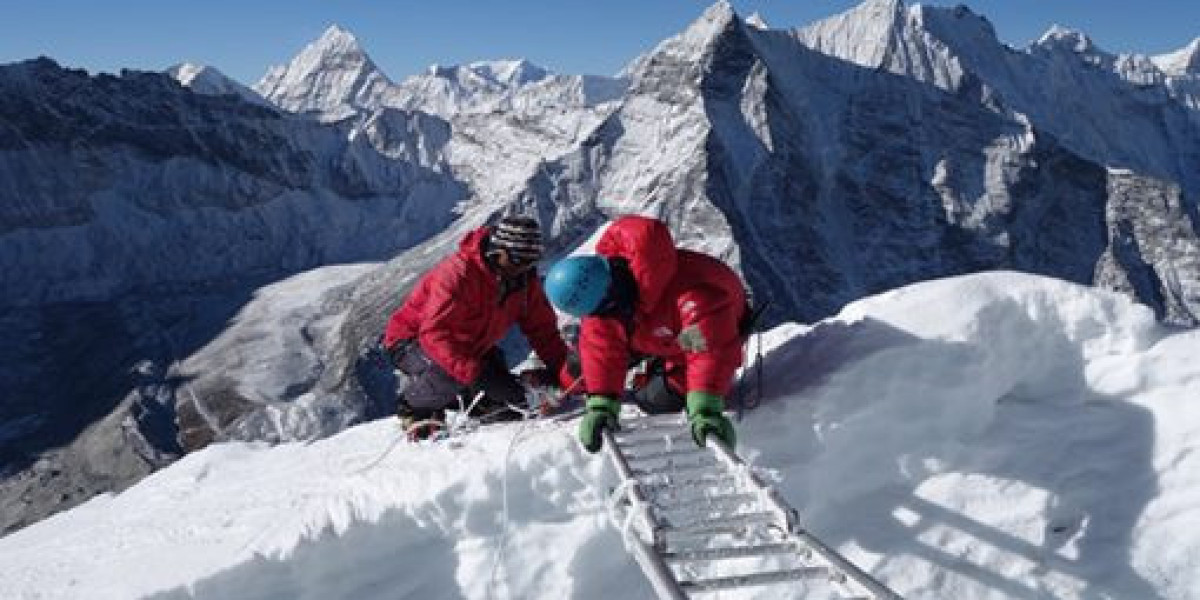Amidst the formidable peaks of the Himalayas lies Island Peak, a coveted destination for climbers seeking an exhilarating challenge. Situated in the Everest region of Nepal, Island Peak stands as a testament to the raw beauty and unforgiving terrain of the world's highest mountain range.
The Allure of Island Peak Climbing
What sets Island Peak apart is not only its impressive elevation of 6,189 meters (20,305 feet) but also its strategic location in the heart of the Everest region. Climbers are drawn to the peak for its technical climbing routes, stunning vistas, and the opportunity to experience the unique culture of the Sherpa people who call this region home.
Navigating the Route
The journey to Island Peak begins in Lukla, a bustling town that serves as the gateway to the Everest region. From there, climbers trek through lush forests and picturesque Sherpa villages, gradually gaining altitude as they make their way towards the base camp.
Upon reaching base camp, climbers undergo acclimatization and prepare for the challenging ascent ahead. The route to the summit traverses steep ice slopes, rocky ridges, and crevassed glaciers, requiring climbers to employ their mountaineering skills and techniques.
One of the most iconic features of the Island Peak climb is the notorious "headwall," a steep ice and snow face that must be ascended before reaching the summit ridge. Climbers often use fixed ropes and ice axes to navigate this technical section, carefully placing each step as they ascend toward the summit.
Reaching the Summit
Standing atop Island Peak is a moment of triumph and exhilaration. Surrounded by panoramic views of the Everest region, climbers are rewarded with breathtaking vistas of towering peaks, including Everest, Lhotse, and Nuptse.
Yet, the descent is no less challenging than the ascent, as climbers navigate the treacherous terrain with care and precision. With each step, they descend back to base camp, their hearts filled with the memories of their ascent and the beauty of the Himalayan landscape.
Respecting the Environment
As with all mountaineering endeavors, climbers on Island Peak are encouraged to practice responsible climbing and minimize their environmental impact. This includes adhering to Leave No Trace principles, respecting local customs and traditions, and supporting sustainable tourism initiatives in the Everest region.
Conclusion
Island Peak offers climbers a chance to experience the thrill of high-altitude mountaineering in one of the world's most iconic mountain ranges. With its challenging terrain, stunning vistas, and rich cultural heritage, Island Peak stands as a beacon for adventurers seeking to test their limits and forge unforgettable memories in the Himalayas.







